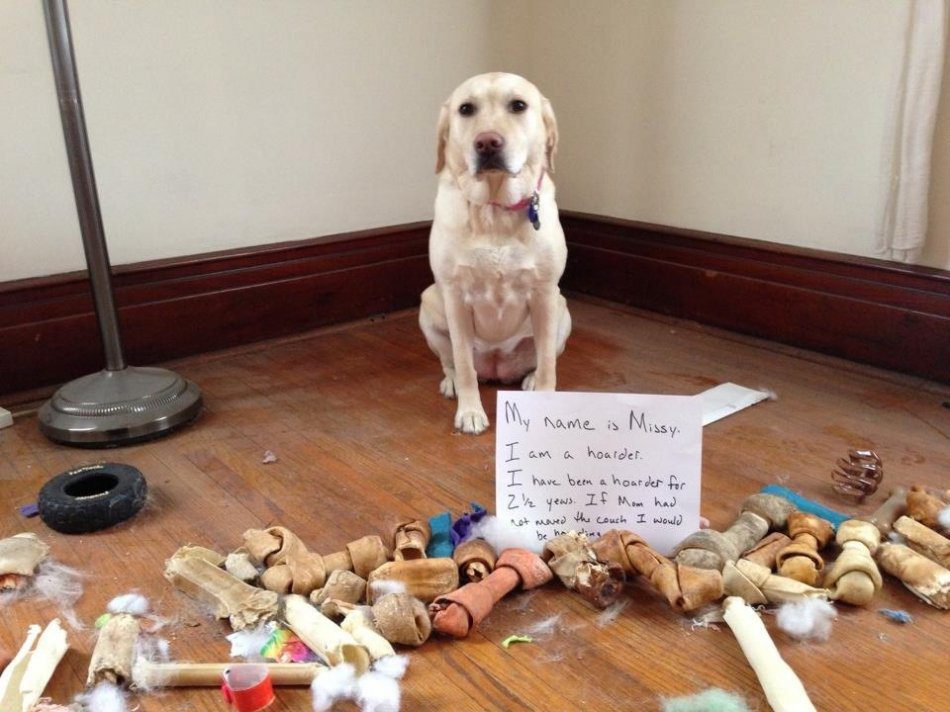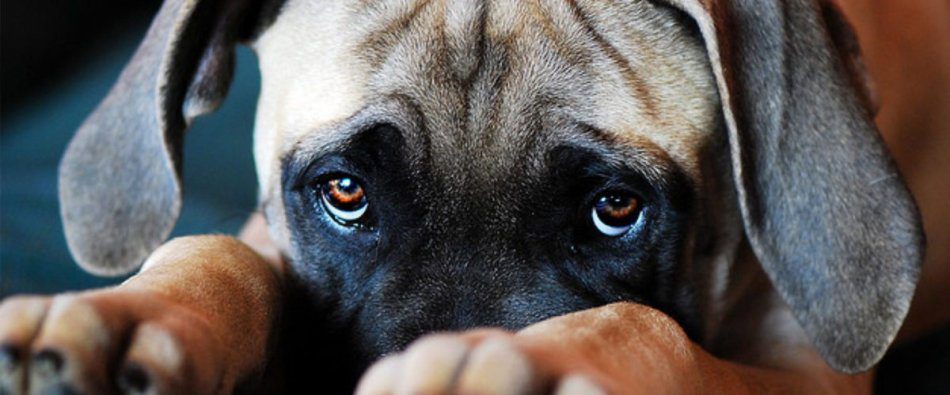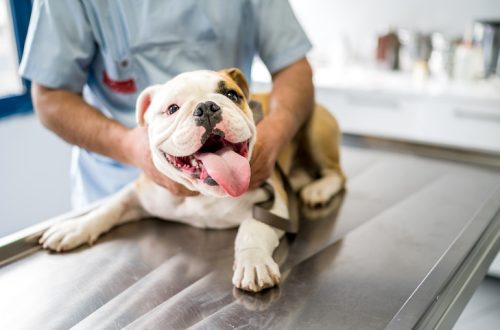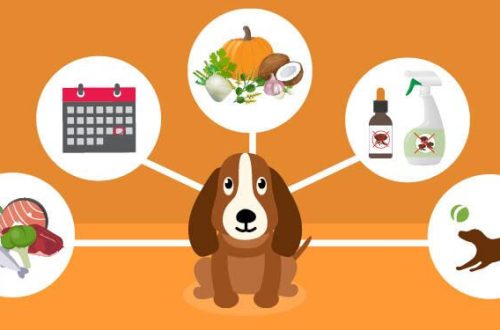
Guilt in a dog
Many owners believe that their dogs understand when they are doing “bad things” because they “feel guilty and show remorse.” But do dogs have guilt?

In the photo: the dog looks guilty. But does the dog feel guilty?
Does a dog have guilt?
You returned home after a hard day’s work, and there you are met with a complete rout. Ruined shoes, a gutted sofa, torn magazines, a puddle on the floor, and – the cherry on the cake – your best dress is lying in a puddle, as if the dog tried to wipe after itself, but unsuccessfully chose a rag. And the dog, when you appear, is not in a hurry to jump joyfully, but lowers its head, presses its ears, presses its tail and falls to the floor.
“After all, he knows that it’s impossible to do this – what a guilty look, but he does it anyway – not otherwise, out of harm!” – you are sure. But you are wrong in your conclusions. Attributing guilt to dogs is nothing more than a manifestation of anthropomorphism.
Dogs don’t feel guilty. And scientists have proven it.
The first experiment aimed at investigating guilt in dogs was conducted by Alexandra Horowitz, an American psychologist.
The owner left the room after ordering the dog not to take food. When the person returned, the experimenter, who was in the room, said if the dog took the treat. If yes, the owners reproached the pets, if not, the owners showed joy. The behavior of the dog was then observed.
But the fact is that sometimes the experimenter “set up” the dog, removing a tidbit. Of course, the owner didn’t know about it. At the same time, it didn’t matter at all whether the dog was to blame: if the owner thought that the pet had “blundered”, the dog each time vividly demonstrated “remorse”.

Moreover, dogs that did not take a treat, but the owner thought that they “committed a crime” seemed more guilty than the true culprits.
If the dog ate the treat, and the experimenter placed another piece and declared to the owner that the dog behaved “good”, no signs of repentance were observed – the dog joyfully greeted the owner.
The second experiment was carried out by Julia Hecht from the University of Budapest. This time, the researcher was looking for answers to 2 questions:
- Will a dog that has committed a misdemeanor show remorse the moment the owner appears?
- Will the owner be able to understand how the dog behaved solely by the behavior of the dog?
Prior to the start of the experiment, the researchers simply watched each of the 64 dogs participating in the experiment greet the owner under normal conditions. And then they put food on the table, forbidding the dogs to take it. The owner left and then returned.
The hypothesis that the dog only shows “guilt” after being scolded was immediately confirmed. Moreover, as in the experiments of Alexandra Horowitz, it did not matter at all whether the dog followed the rules or violated them.
The answer to the second question was surprising. About 75% of the owners at the beginning of the experiment accurately determined whether the dog had broken the rule. But when these people were interviewed, it turned out that these dogs violated the prohibitions constantly and they were scolded for it, that is, the probability of another violation was very high, and the dogs knew for sure that the owner would be dissatisfied when he returned. Once such subjects were excluded from the study, the owners almost never could guess from the behavior of the pet whether the dog had broken the rules.
Thus, it was clearly established that guilt in dogs is another myth.

If dogs don’t feel guilty, why are they “repentant”?
The question may arise: if the dog does not feel guilt, then what do the signs of “remorse” mean? Everything is very simple. The fact is that such behavior is not repentance at all. This is a reaction to a threat and the desire to block aggression on the part of a person.
The dog, cuddling to the floor, tucking its tail, flattening its ears, and averting its eyes, signals that it really wants to avoid conflict. By the way, many people, seeing this, really soften, so that the goal of the pet is achieved. But this does not mean at all that the dog has realized his “bad behavior” and will not repeat it again.

Moreover, dogs perfectly read the emotions of a person – sometimes even before he himself realizes that he is upset or angry.
This does not mean that dogs are “insensitive”. Of course, they experience a wide range of emotions, but guilt is not included in this list.
What to do, you may ask. There is only one answer – to deal with the dog and teach it the right behavior. Moreover, irritation, anger, screaming and swearing will not help. First of all, do not provoke dogs into “bad behavior” and do not leave food or objects that are tempting for dog teeth in the pet’s reach. In addition, it is quite possible to teach a dog to behave correctly or to correct problematic behavior using humane methods.

You may also be interested in: Stereotypes in dogs The dog eats excrement: what to do?





